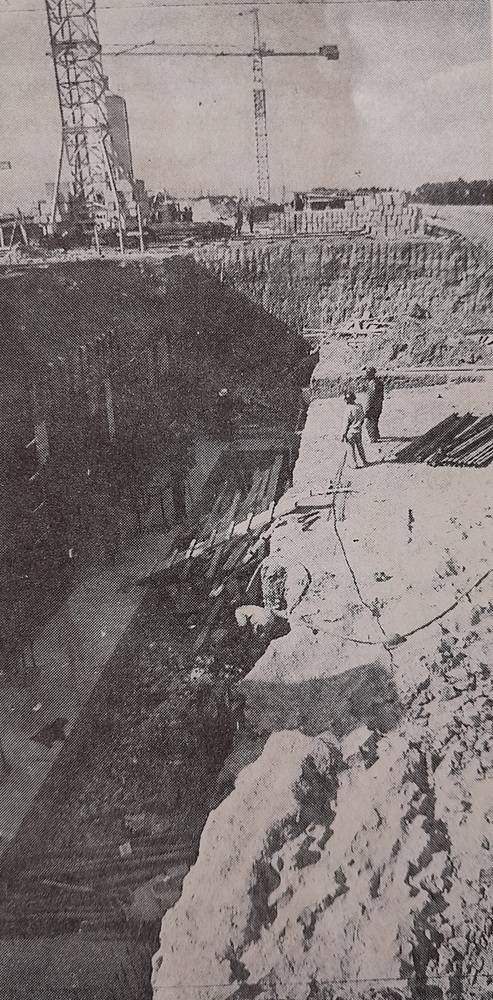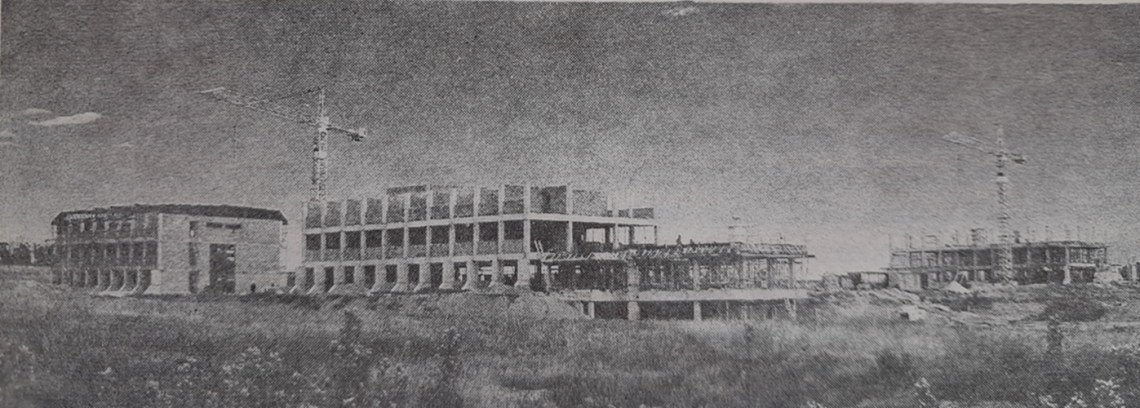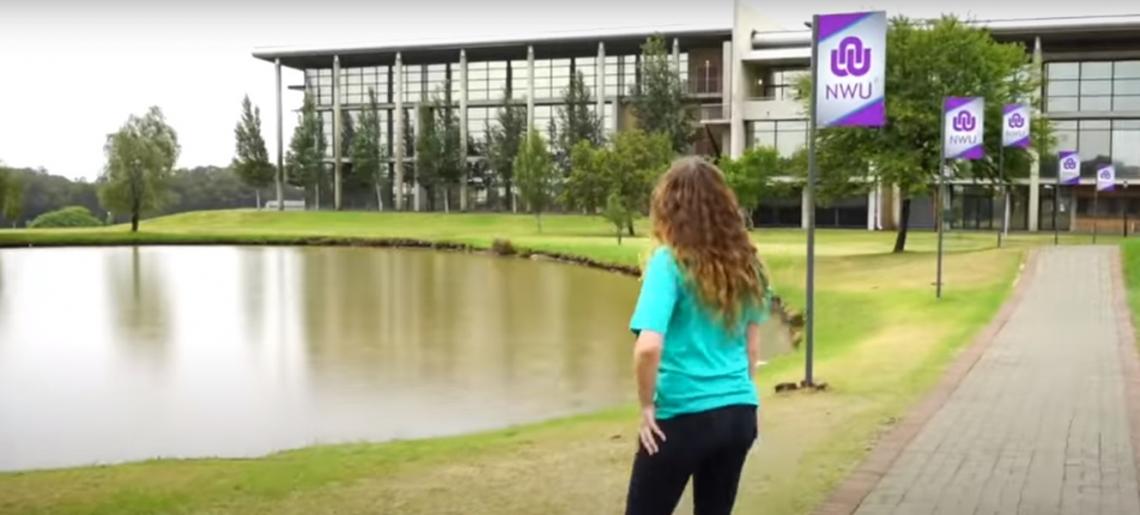-
A need for training in the Vaal Triangle (formed by the towns Vanderbijlpark, Sasolburg and Vereeniging) stemmed from industrial development in the area after World War II.
-
After the establishment of steel works in the area, Vanderbijlpark received municipal status in 1952. It was named after Dr Hendrik van der Bijl, an electrical engineer, who was tasked by the government with in the planning of the country’s industrial development.
-
Sasolburg was founded in 1952 after a plant to extract oil from coal was established in the area.
-
In 1958 business leaders, under leadership of Dr FP Jacobsz, and representatives from the Potchefstroom University for Christian Higher Education (PU for CHE) began to discuss the possibility of a university campus for the Vaal Triangle.
-
In 1963 Prof AJE Sorgdrager from the PU for CHE began offering refresher courses for cost accountants in the Vanderbijlpark area.
-
The PU formally established its Vaal River Branch in 1965.
-
In 1973 the PU for CHE acquired land, 88 hectares in extent, next to the Vaal River to develop a university campus. Later a further 23 ha were acquired so that by 2004 the terrain was 111 ha in size.
-
After the creation of an Engineering Faculty at the PU for CHE in 1981, the Council decided in 1982 that this faculty should be housed at the Vaal Triangle Campus.
-
In 1983 work started on buildings for the departments of Chemical and Electrical Engineering as well as Nature Sciences.
-
A design plan for the complex was compiled, but later changed due to the fact that building costs were higher than the maximum loan that the University could acquire according the government guidelines.

Evacuations at the Engineering complex.

The Engineering complex under construction between 1983 and 1987. After the Engineering Faculty relocated to Potchefstroom, it was known as buildings 3, 4 and 7.
The complex, comprising three three-storey buildings, was constructed at a cost of R5.7 million. According to the design plan, these structures were erected in the north-western part of the campus, approximately half a kilometre from the Administration Building. Due to delays, construction was only completed at the beginning of 1987.

The Engineering complex shortly after completion.
The official opening took place on 15 March 1988. In 1987, the Council of the PU for CHE decided to relocate the Engineering Faculty to Potchefstroom, and the two engineering departments occupied these buildings until they moved to Potchefstroom in 1991. In 1992, the three buildings, known as Blocks A, B, and C, were refurbished. Block A, now referred to as Building 4, housed the sub-faculties of Economic and Managerial Sciences and Natural Sciences. Block B, now known as Building 3, accommodated the library, as well as Information Technology and Management.
In U Lig described the history of the library at the Vaal Triangle Campus from its inception until 2004:
Library
The establishment of a branch library of the Ferdinand Postma Library at the PU for CHE gained momentum in 1968 with the transfer of books to the Public Library in Vanderbijlpark. In 1973, a library depot was set up in the office of Prof. S.P. van der Walt, the University’s representative in the Vaal Triangle, with around 340 books available in the early 1970s. Students could request books from the main PU library. In 1976, a library was established at the Goodyear Building Complex, and the following year, G. de Bruijn was appointed as assistant librarian. The library moved to the multi-purpose building in the River Complex until its relocation to the current building in 1993, after the Engineering departments moved to Potchefstroom. Over time, a substantial permanent collection of books and magazines was built, although many materials still had to be sourced from the Ferdinand Postma Library. In the 1980s, a regular post and messenger service between the two campuses enabled materials to be delivered within a day of request. By 1977, around 200 books were loaned annually, with usage escalating to 14,000 by 1998 and 18,479 by 2003. The branch library at the Vaal Triangle Campus operated on weekdays but remained closed during evenings and holidays.

The library of the Vanderbijlpark Campus as it appears in a video tour of the campus.
Block C, now known as Building 7, became home to the sub-faculties of Humanities and Education. Part of the building was originally used as a storage facility until it was converted into office space and lecture halls in 1995. Further modifications were made to Buildings 4 and 7 in 1998, coinciding with the reorganization of the four sub-faculties into seven schools.
